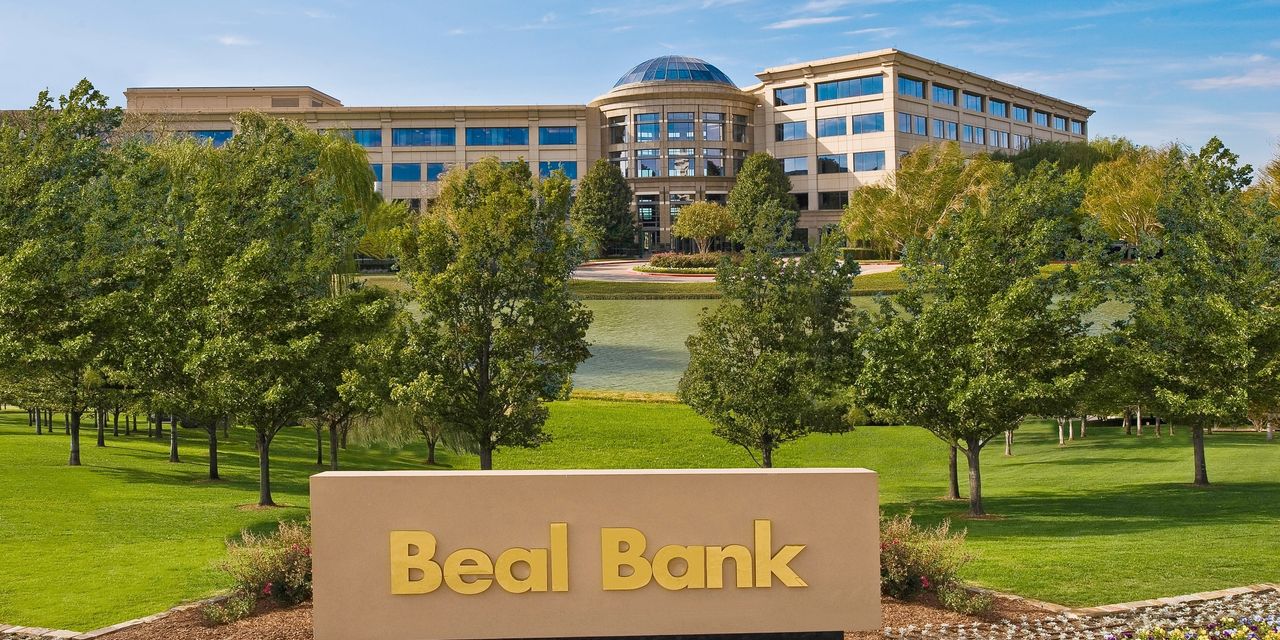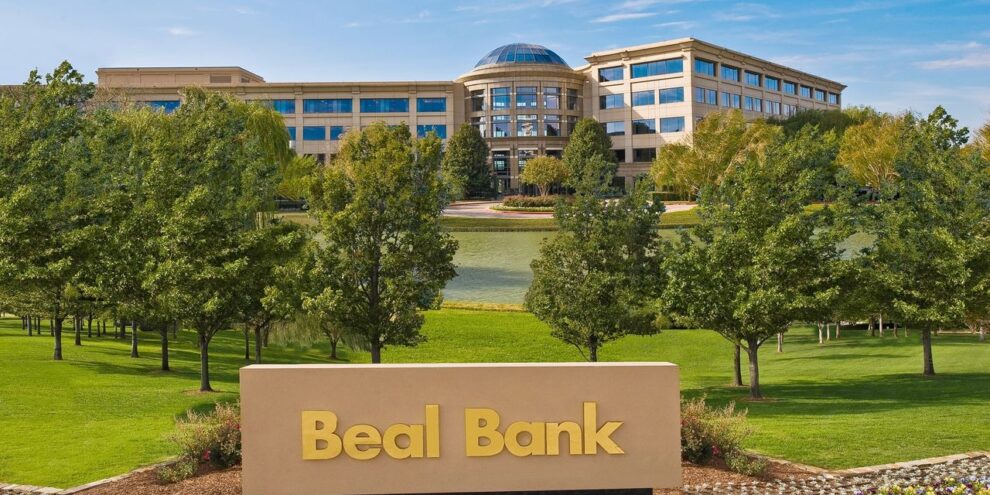
For a decade, Andrew Beal waited for market conditions to change. With interest rates at rock-bottom levels, year after year, and other small and regional banks taking big risks to generate a little bit of income, Beal mostly did nothing. He sat on his hands while the assets of the bank that he ran decreased over a ten-year period.
Then, a year ago, Beal pounced.
As the Federal Reserve was about to embark on a rapid series of big rate hikes to fight inflation, the sole owner and chief of Beal Bank, based in Plano, Texas, started buying. He didn’t buy mortgage or Treasury bonds that had for years been popular with regional banks desperate for yield. Instead, Beal bought Treasury inflation-protected securities, mostly with durations of up to three years. He bought a lot of them.
By the end of 2022, Beal Bank’s assets had more than quadrupled to $32.6 billion, up from $7.5 billion at the end of 2021. The asset rise made Beal Bank the nation’s 61st biggest bank. Beal has essentially made a massive bet on inflation, buying $21.2 billion of Treasury bonds, Beal Bank’s filings with the Federal Deposit Insurance Corporation show. Just about all of those bonds are TIPS, says a person familiar with the trade who was not authorized to speak publicly.
The massive trade is the latest move by one of the nation’s most successful contrarian investors and provides some insight into what the nation’s richest billionaire banker thinks could be ahead for the U.S. economy. It suggests Beal believes inflation is here to stay for at least several years.
For decades, Beal, 70, has owned two separately chartered banks under the Beal Bank name. Based in the Dallas area, he has tried to remain out of the public eye, but on a few occasions his activities have drawn attention. He famously showed up at the Las Vegas Bellagio in 2001 and challenged the world’s best poker players to some of the highest-stakes games ever played at the time. In the years leading up to the 2008 financial crisis, Beal virtually shut down his bank amid the ill-fated lending boom, putting him in a strong financial position to swoop-in after the crash to buy up distressed assets on the cheap. He made a fortune. Beal also publicly backed and financially supported the presidential campaigns of Donald Trump, his longtime friend.
Beal’s enormous bet on TIPS is his biggest banking bet by far since his epic trade during the financial crisis and is reminiscent of his moves during that era. Once again, it sets Beal Bank’s strategy apart from widespread banking excess and mismanagement. Beal Bank declined to comment for this story.
The details of Andy Beal’s big inflation trade
When the U.S. economy emerged from the 2008 financial crisis, a new and difficult reality hit the nation’s banking sector. The U.S. economy was being fueled by the Federal Reserve’s monetary policy that kept interest rates at ultra-low levels for years. Many banks, particularly regional ones, found it challenging to put their deposits to work in a profitable way.
Beal headed to the sidelines. He stopped making too many new loans, let the ones he made or acquired during the financial crisis run off, and did not buy many more assets. Beal Bank ended 2011 with $9.5 billion in assets and eight years later, on the eve of the pandemic, it had shrunk to $7.1 billion of assets, FDIC filings show.
Some other banks pursuing asset and profit growth went in another direction. For example, as Silicon Valley Bank’s assets exploded from $20 billion at the end of 2011 to $211 billion at the end of 2022, the bank’s executives decided years ago to increase SVB’s income by buying long-dated mortgage bonds with low fixed yields. But when rates rose dramatically last year, the bonds SVB bought fell in value because bond yields move in the opposite direction of prices, making SVB vulnerable to a bank run that ultimately caused it to fail. Many other banks made similar moves, according to the FDIC, which said banks were sitting on $620 billion of unrealized losses at the end of 2022. Many experts believe if the nation’s banks fully marked their assets to market, those losses would be much greater.
For his part, Beal only started buying assets as the U.S. central bank started to raise rates last year, ramping up the purchases in the summer and fall of 2022. Beal Bank almost exclusively bought TIPS, bonds with principals that rise in value as consumer prices increase, resulting also in higher interest payments to the investor that are based on the increased principal value.
Beal funded the trade by tapping brokered deposits, issuing fully insured certificates of deposits with low yields. Beal Bank does have several branches in states like Texas, Florida and Arizona, but most of its funding has traditionally not come from core deposits. Beal Bank hedged the funding with derivatives and swaps that locked-in the low costs of funds for the duration of the trade, a person familiar with it said.
Last year, Beal Bank generated $1.48 billion of net income, up from $600 million in the prior year. The TIPS trade contributed to Beal Bank’s bottom line. So did income that has been generated by a group of natural gas power plants that Beal Bank foreclosed on when natural gas prices cratered a few years ago. Those plants are now profitable.
That’s all good for Beal. Beal Bank paid out $426 million in dividends last year, FDIC filings show. Forbes estimates Beal’s net worth at $10.3 billion. By contrast, JPMorgan Chase chief Jamie Dimon’s net worth is estimated at $1.7 billion.











Add Comment